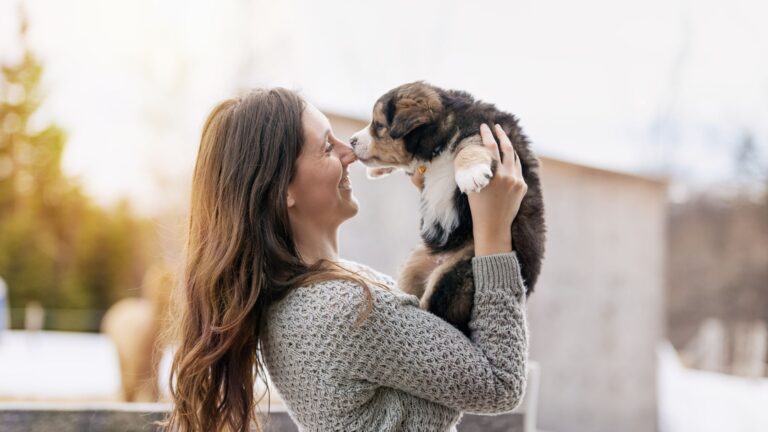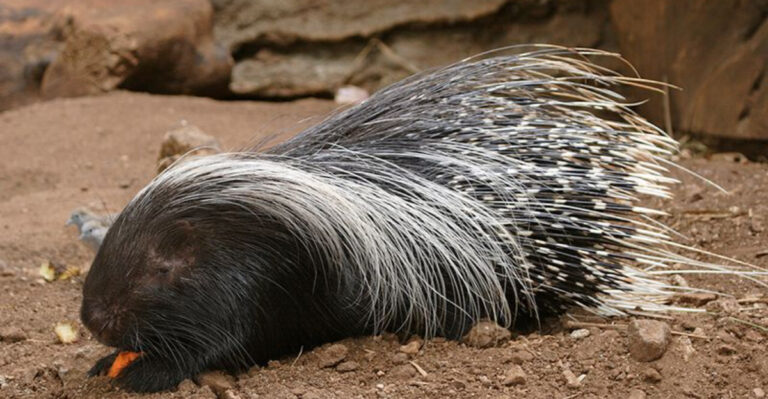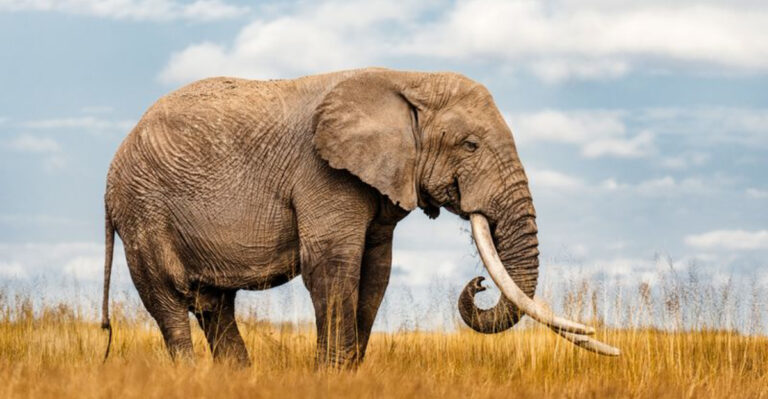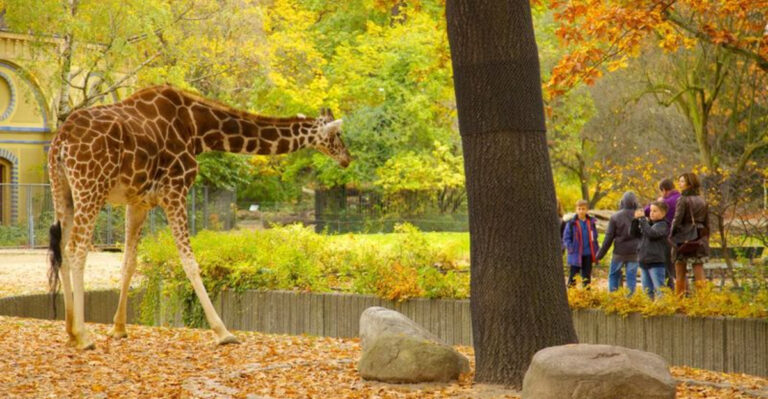12 Fascinating Animals That Can Recognize Human Faces

Have you ever wondered if your pet truly knows who you are? The animal kingdom is full of surprising intelligence, especially when it comes to recognizing human faces.
Scientists have discovered that several species can identify their human friends by facial features alone – not just by smell or sound.
This remarkable ability shows how deeply connected some animals are to humans, forming bonds that go beyond simple companionship.
1. Dogs: Our Loyal Face-Reading Companions

Dogs don’t just wag their tails for anyone! Research shows they use specific brain regions – similar to those humans use – to process and remember faces. Your furry friend can tell you apart from a stranger even in photographs.
The bond goes deeper than treats and walks. Dogs can detect subtle changes in your facial expressions, often responding differently when you’re sad versus happy. This skill developed over thousands of years of domestication.
A 2016 study found that dogs can even recognize their owners’ faces on a computer screen, proving they’re not just responding to scent or voice cues.
2. Horses Remember Faces Long-Term

Galloping into second place, horses possess remarkable facial recognition abilities that might surprise you. These majestic animals can remember human faces for months or even years after a single meeting.
Their large eyes positioned on the sides of their heads give them nearly 360-degree vision, perfect for spotting both predators and familiar humans. Researchers discovered horses react differently to photographs of angry versus friendly human faces.
When reunited with previous caretakers after long separations, horses often show clear recognition through ear positioning, nickering sounds, and excited behavior – proof they’ve stored your face in their long-term memory banks.
3. Crows Never Forget a Face
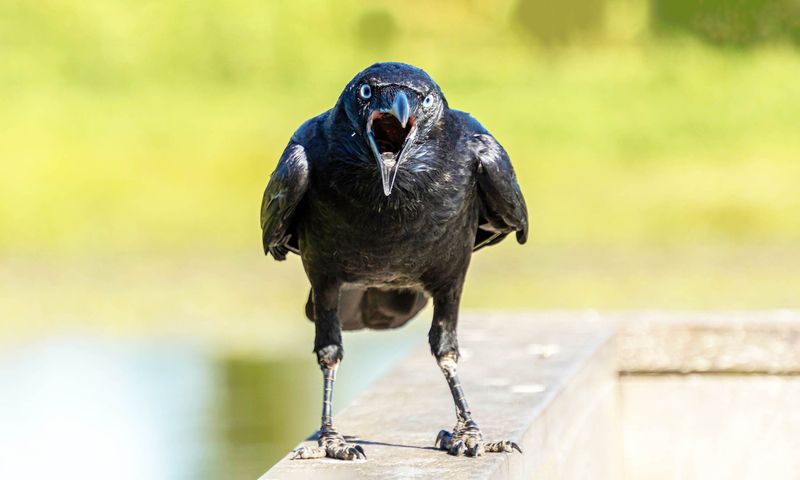
Crows might be the most surprising face-recognizers in the animal kingdom! These clever birds can remember human faces for years – especially those who’ve threatened or harmed them.
Scientists conducting an experiment wore masks while capturing and releasing crows. Later, when researchers walked through campus wearing those same masks, the crows would gather and loudly scold them. Different masks got different reactions, proving they weren’t just reacting to any face covering.
Even more impressive, crows teach their young which humans to watch out for. This facial recognition ability helps them navigate complex relationships with humans in urban environments.
4. Chimpanzees’ Face-Processing Skills
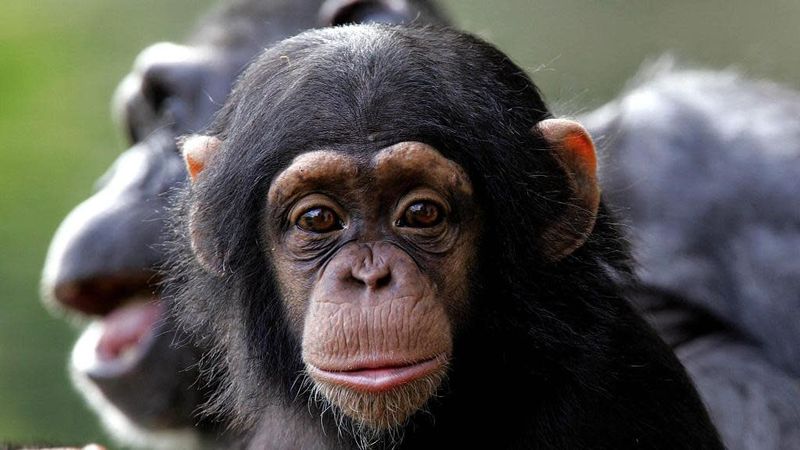
Our closest relatives in the animal kingdom have face recognition abilities remarkably similar to our own. Chimpanzees can identify individual human faces they’ve met before, even after significant time has passed.
Their brain activity while viewing faces mirrors human patterns. Using special eye-tracking technology, researchers discovered chimps scan faces the same way we do – focusing on eyes, nose, and mouth in a triangular pattern.
Young chimps raised in sanctuaries by human caretakers develop especially strong facial recognition skills. They can distinguish between familiar caretakers and strangers from photographs alone, demonstrating their sophisticated social intelligence and deep connection to their human family.
5. Dolphins Recognize Faces Through Sonar
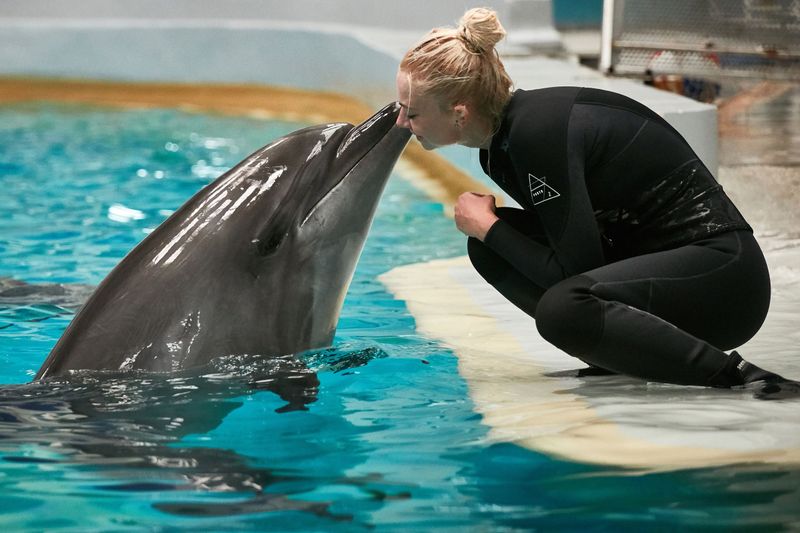
Dolphins take facial recognition to another dimension! Without having faces themselves in the human sense, these marine mammals can identify individual humans through echolocation – essentially “seeing” with sound.
Their remarkable sonar abilities allow them to create detailed mental images of human features. Trainers at marine facilities report dolphins behaving differently with various people, greeting favorites with extra enthusiasm.
In experimental settings, dolphins correctly identify familiar humans even when standing at poolside in identical clothing. They’ve been known to remember trainers after separations of 20 years or more, suggesting their “facial” recognition might be even better than some primates.
6. Elephants Never Forget Your Face
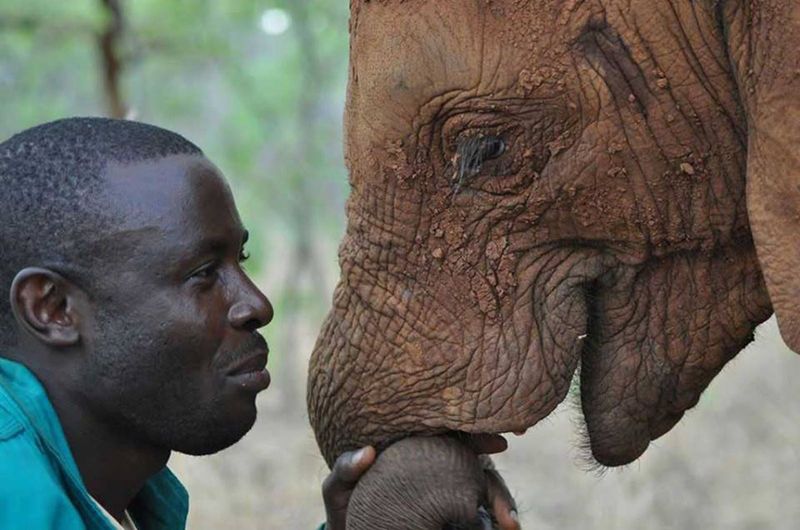
The saying “elephants never forget” holds true for human faces! These gentle giants possess extraordinary facial recognition abilities, remembering people they’ve encountered even decades later.
Their complex social brains process human features much like they track members of their own herds. Sanctuary elephants can distinguish between different caretakers and visitors, often showing preferences for certain people.
A famous case involved an elephant recognizing a researcher who had studied her 12 years earlier. The elephant’s excited trumpeting and gentle trunk inspection upon their reunion demonstrated unmistakable recognition. This remarkable memory helps elephants maintain complex social networks both with their own kind and with humans.
7. Sheep’s Surprising Facial Memory

Don’t let their reputation fool you – sheep are facial recognition experts! These woolly animals can remember up to 50 different sheep faces for over two years. Even more impressive, they can recognize and remember human faces almost as well.
Scientists discovered sheep have specialized brain circuits just for processing faces. In laboratory tests, sheep consistently identified photos of familiar humans, even when presented from different angles.
Farmers have long known this secret – sheep react differently to their regular handlers versus strangers. This ability helps them navigate their social world and form bonds with both other sheep and their human caretakers.
8. Parrots Recognize Their Human Family
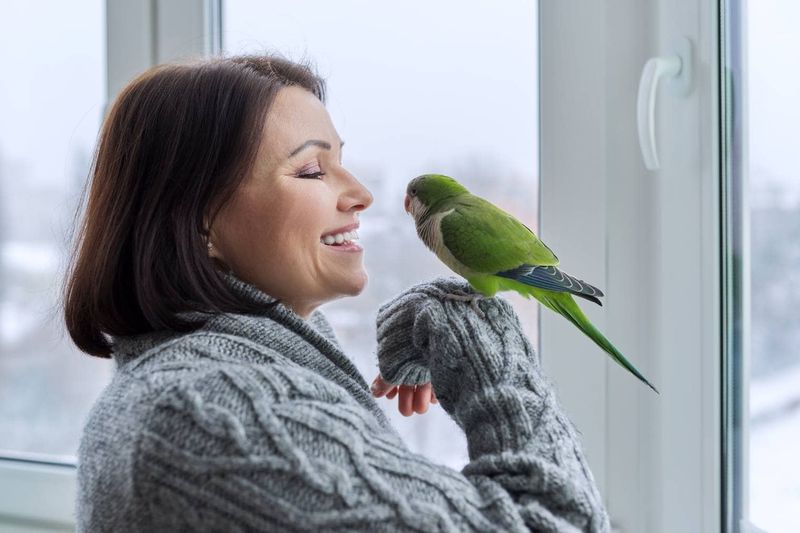
Squawking their way onto our list, parrots possess remarkable abilities to recognize human faces. These colorful birds form deep bonds with their owners, easily distinguishing them from strangers or other household members.
Their exceptional vision helps them notice minute details in facial features. Researchers have documented parrots reacting differently to familiar versus unfamiliar faces, even when shown only in photographs.
Many parrot owners report their birds performing “greeting displays” – special dances, vocalizations, or feather positions – exclusively for their favorite humans. This facial recognition ability complements their famous vocal mimicry, making parrots uniquely attuned to human social interactions.
9. Octopuses: The Surprising Face-Recognizers
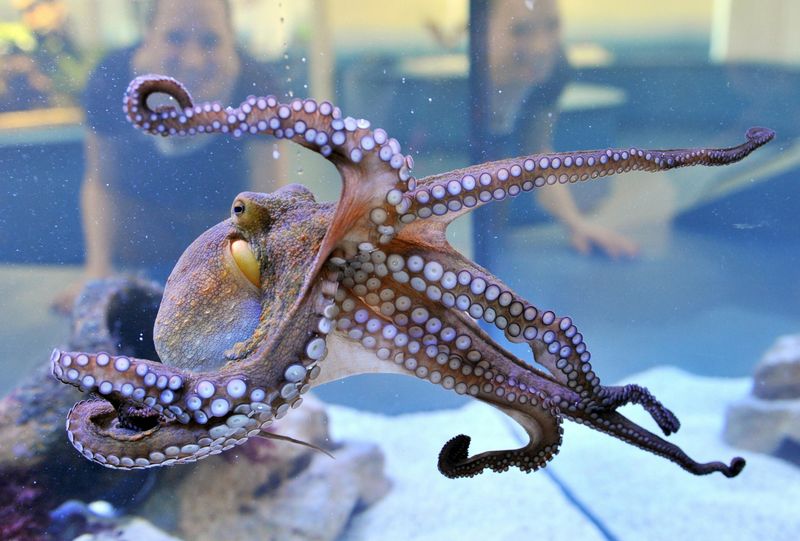
From the depths of the ocean comes an unexpected facial recognition expert! Octopuses, despite being invertebrates with vastly different brains than mammals, can distinguish between individual human faces.
Aquarium staff report octopuses reacting differently to various keepers – squirting water at some while extending friendly tentacles to others. Their complex nervous systems and excellent vision allow them to remember who’s who.
In one famous study, octopuses consistently avoided researchers who had previously performed unpleasant tank maintenance, while approaching those who provided food. This sophisticated recognition ability exists despite octopuses having evolved along an entirely separate branch of the evolutionary tree.
10. Honeybees Can Be Trained to Recognize Faces
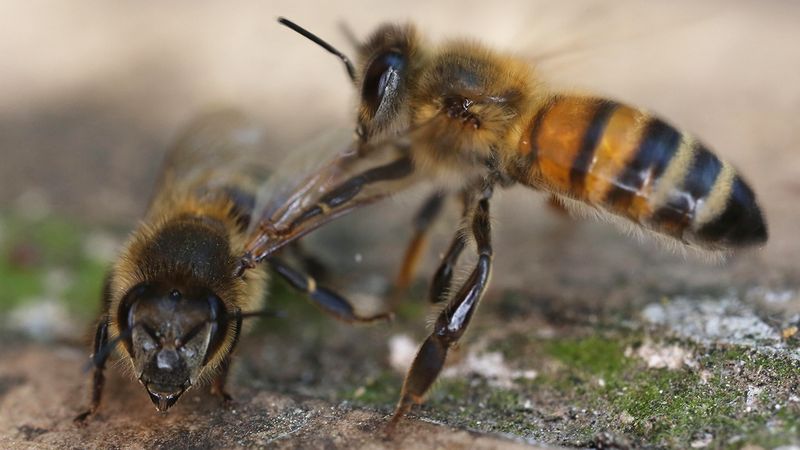
These tiny insects pack surprising brainpower! Scientists have successfully trained honeybees to recognize human facial patterns. Using sugar-water rewards, researchers taught bees to distinguish between different human face photos.
Despite having less than one million neurons (compared to our 86 billion), bees process visual information incredibly efficiently. They use a technique called “configural processing” – recognizing how facial features relate to each other rather than memorizing each feature separately.
While wild bees don’t naturally recognize human faces, this research shows their remarkable adaptability and intelligence. Their ability to learn facial patterns helps explain how they navigate complex flower patterns and communicate sophisticated information to hivemates.
11. Cats Recognize You (But Might Ignore You)
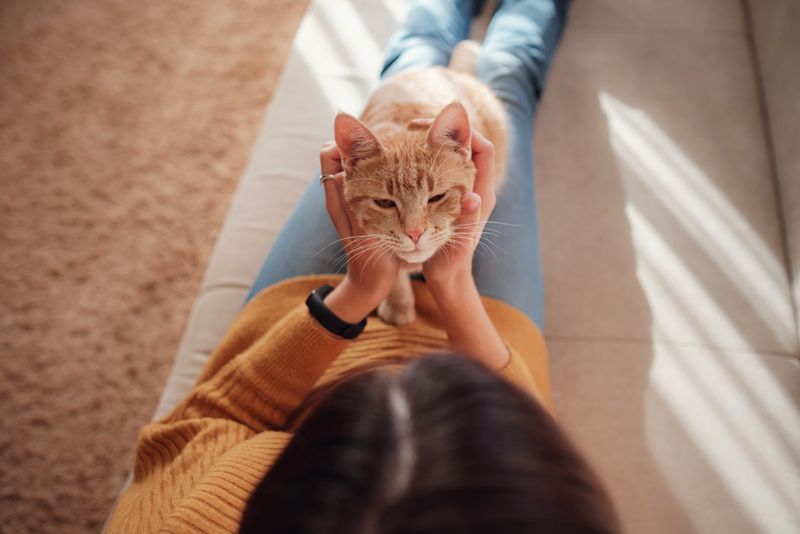
Yes, your feline friend really does know who you are! Research confirms cats can identify their owners’ faces and voices. They simply choose when to acknowledge this recognition – classic cat behavior!
Studies show cats respond more strongly to their owners’ voices than to strangers’. They also spend more time looking at their owners’ faces than unfamiliar faces in photographs.
Unlike dogs who actively seek human attention, cats’ more subtle responses led scientists to initially underestimate their recognition abilities. Your cat’s selective response doesn’t mean they don’t recognize you – they’re just maintaining their independent reputation while secretly keeping tabs on their favorite humans.
12. Pigeons: Unexpected Facial Recognition Masters
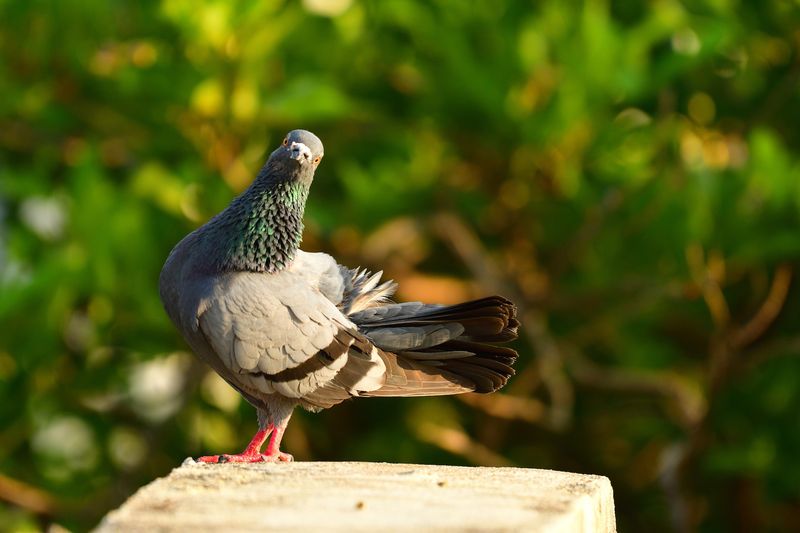
Those “flying rats” in the park? They might recognize your face! Pigeons have astonishing facial recognition abilities that rival primates in accuracy. These urban birds can remember and distinguish hundreds of different human faces.
In laboratory settings, pigeons successfully identified the same person wearing different clothes, with different hairstyles, and from various angles. They even recognize faces in photographs, proving they’re not just responding to movement patterns or other cues.
This remarkable ability helps city-dwelling pigeons navigate complex human environments, remembering which people regularly provide food versus those who chase them away. Their small brains process facial information with surprising efficiency, challenging our understanding of bird intelligence.

